

the Gambia

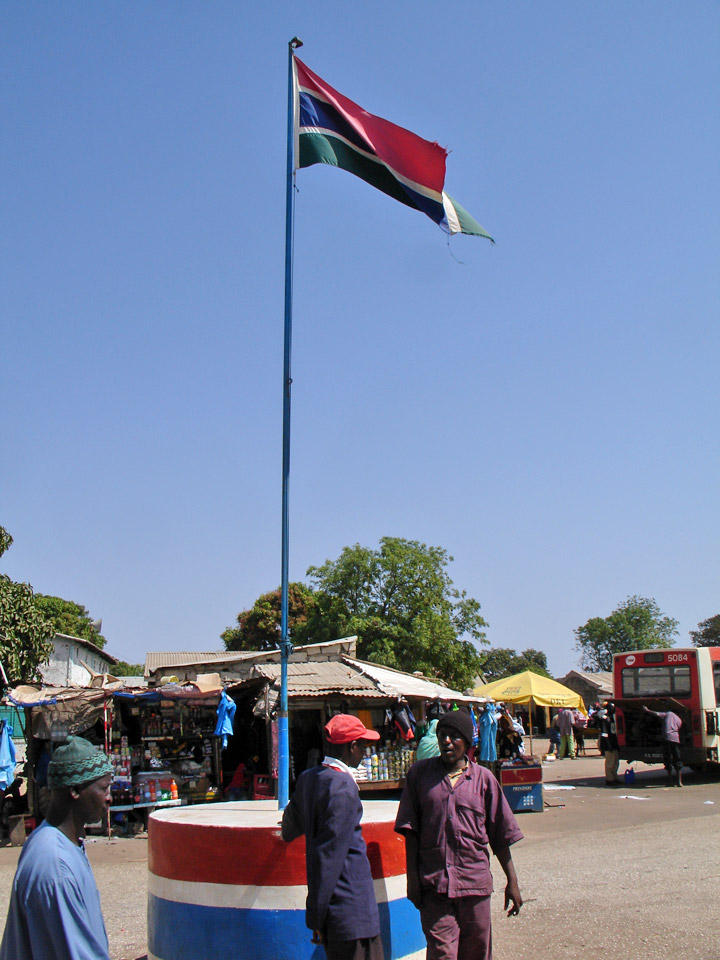
at the Senegal - Gambia border
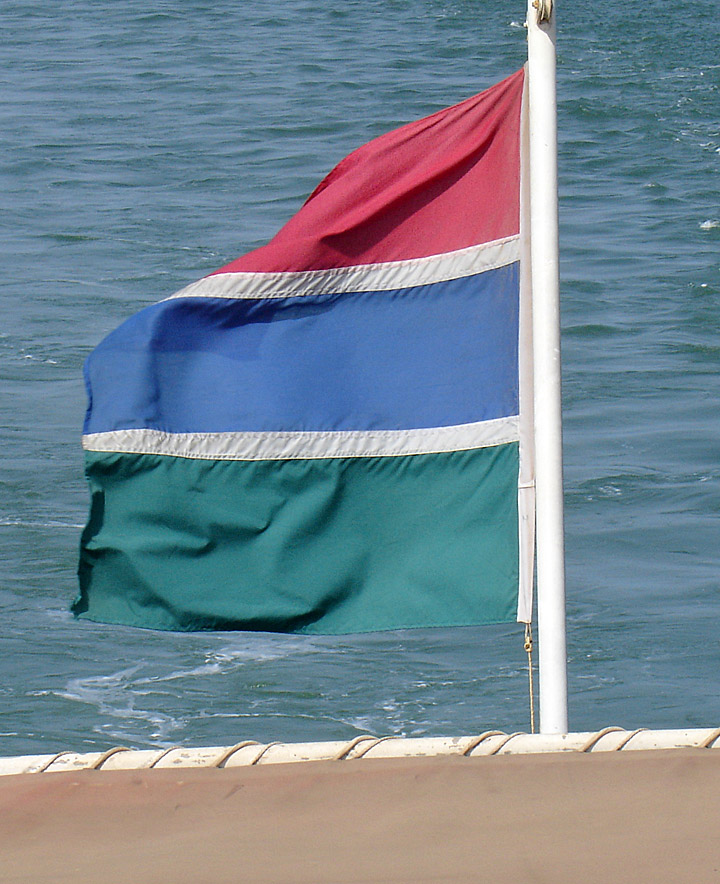
the Gambia flag

taxi registered in Banjul, Gambia
The Gambia, officially the Republic of The Gambia, commonly known as Gambia, is a country in Western Africa. It is the smallest country on the African continental mainland and is bordered to the north, east, and south by Senegal, and has a small coast on the Atlantic Ocean in the west. The River Gambia flows through the centre of the country and empties into the Atlantic Ocean. On 18 February 1965, The Gambia became independent from the British Empire. Banjul is its capital.
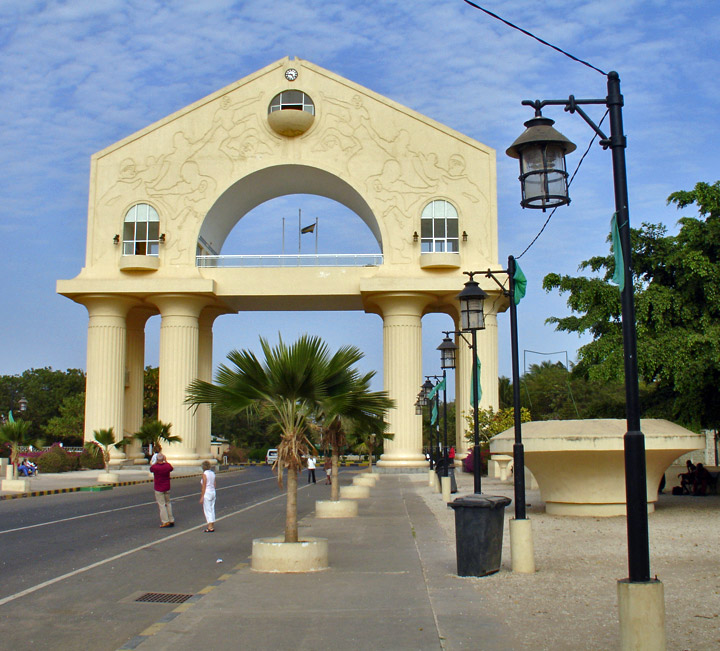
Arch 22 in Banjul
celebrating the military coup of 22 July 1994
The first written accounts of the region come from records of Arab traders in the ninth and tenth centuries AD. In 1066, the inhabitants of Tekrur, a kingdom centered on the Sénégal River just to the north, became the first people in the region to convert to Islam. Muslim traders established the trans-Saharan trade route for slaves, gold, and ivory. At the beginning of the fourteenth century, most of what is today called The Gambia was a tributary to the Mali Empire. The Portuguese reached the area by sea in the mid-fifteenth century and began to dominate the lucrative trade.
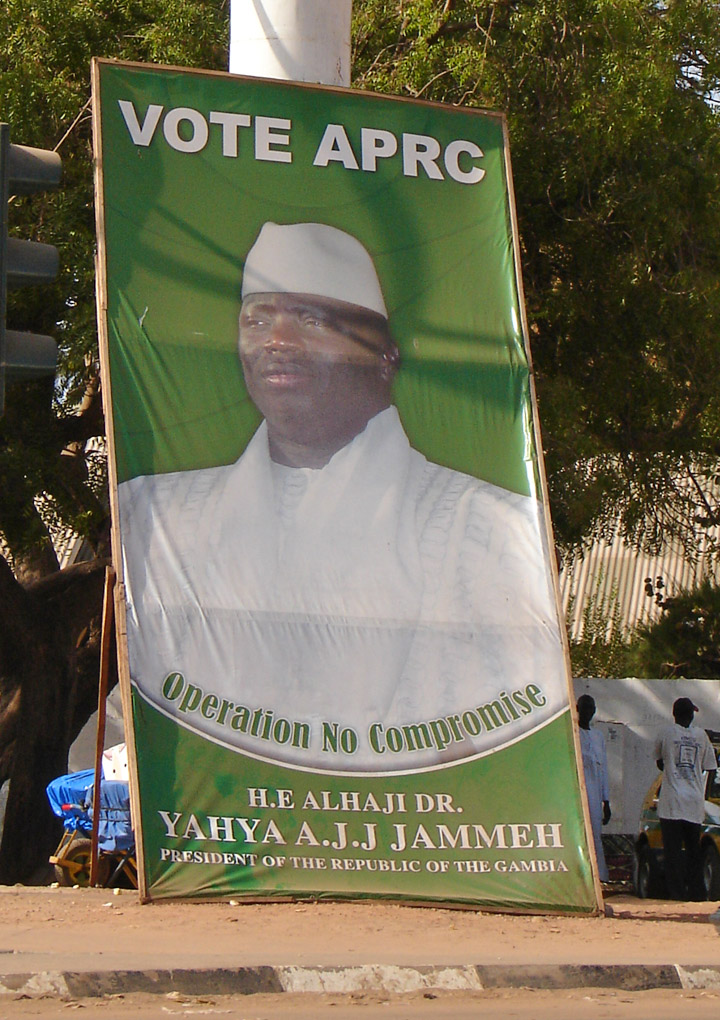
the President
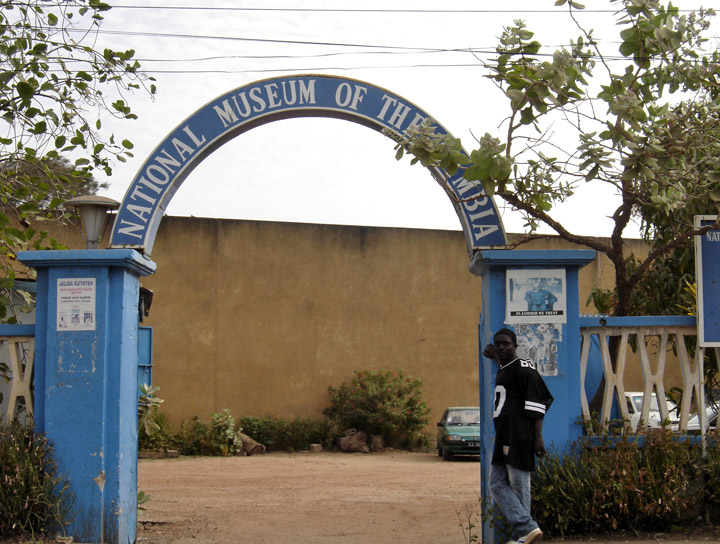
the National Museum

Jola mask
More Photos of Gambia Ethnography
In 1588, the claimant to the Portuguese throne, António, Prior of Crato, sold
exclusive trade rights on the Gambia River to English merchants; this grant was
confirmed by letters patent from Queen Elizabeth I. In 1618, James I granted a
charter to a British company for trade with Gambia and the Gold Coast (now
Ghana). Between 1651 and 1661, part of Gambia was (indirectly) a colony of the
Polish-Lithuanian Commonwealth; it was purchased by the Courlandish prince Jakub
Kettler. At that time Courland, in present-day Latvia, was a fiefdom of the
Polish-Lithuanian Commonwealth. The Courlanders settled on James Island, which
they called St. Andrews Island, and used it as a trade base from 1651 until it
was captured by the English in 1661.
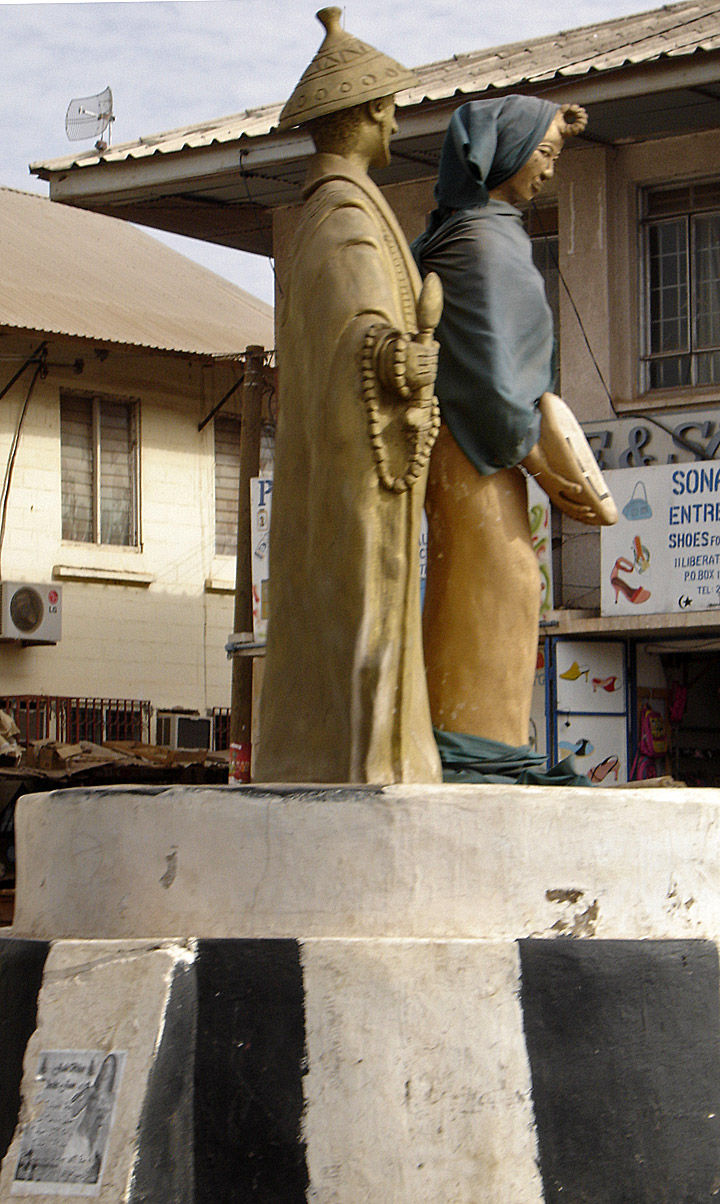
in Banjul near the Presidential Palace
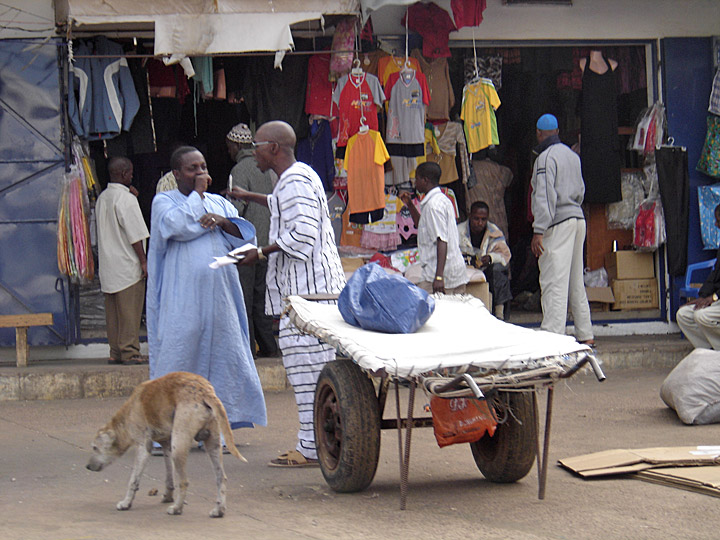
Albert Market
More Photos of the Albert Market
During the late seventeenth century and throughout the eighteenth, Britain and France struggled continually for political and commercial supremacy in the regions of the Senegal and Gambia rivers. The 1783 Treaty of Versailles gave Great Britain possession of the Gambia river, but the French retained a tiny enclave at Albreda on its north bank, which was ceded to the United Kingdom in 1857.
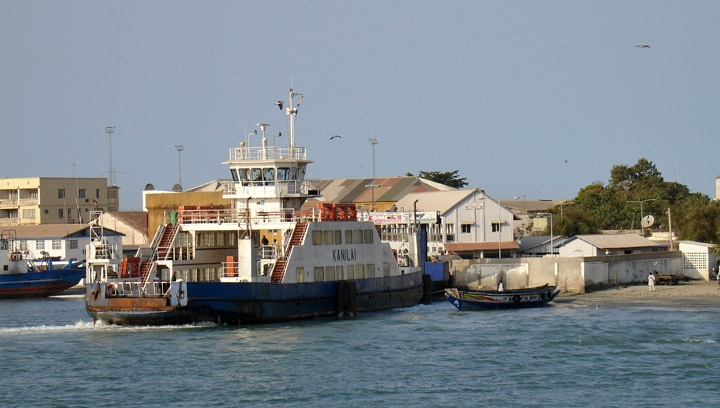
ferry across the Gambia river
for faster service can hire the wooden boat on the side
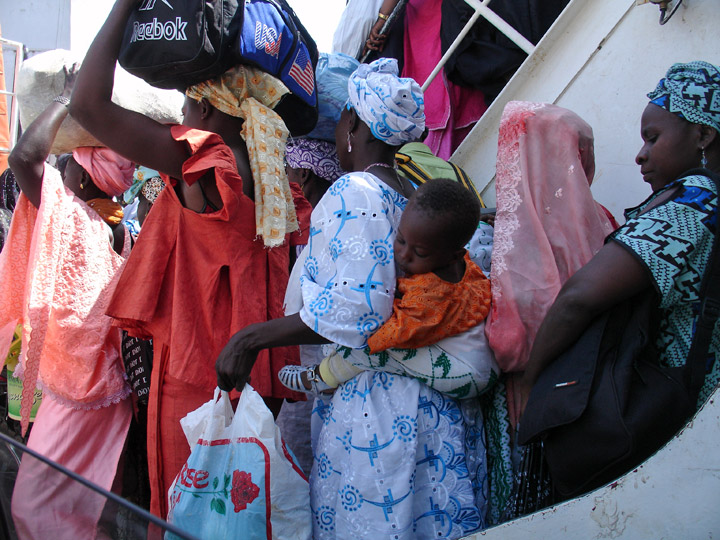
people on the ferry
As many as 3 million slaves may have been taken from the region during the three centuries that the transatlantic slave trade operated. It is not known how many slaves were taken by Arab traders prior to and simultaneous with the transatlantic slave trade. Most of those taken were sold to Europeans by other Africans; some were prisoners of intertribal wars; some were sold because of unpaid debts, while others were kidnapped. Slaves were initially sent to Europe to work as servants until the market for labor expanded in the West Indies and North America in the 18th century. In 1807, slave trading was abolished throughout the British Empire, and the British tried unsuccessfully to end the slave trade in The Gambia. They established the military post of Bathurst (now Banjul) in 1816. In the ensuing years, Banjul was at times under the jurisdiction of the British Governor General in Sierra Leone. In 1888, The Gambia became a separate colonial entity.
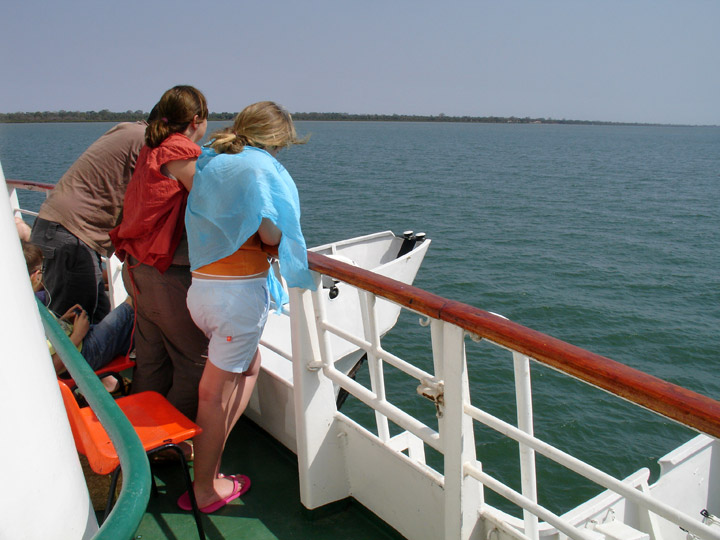
on the Gambia river
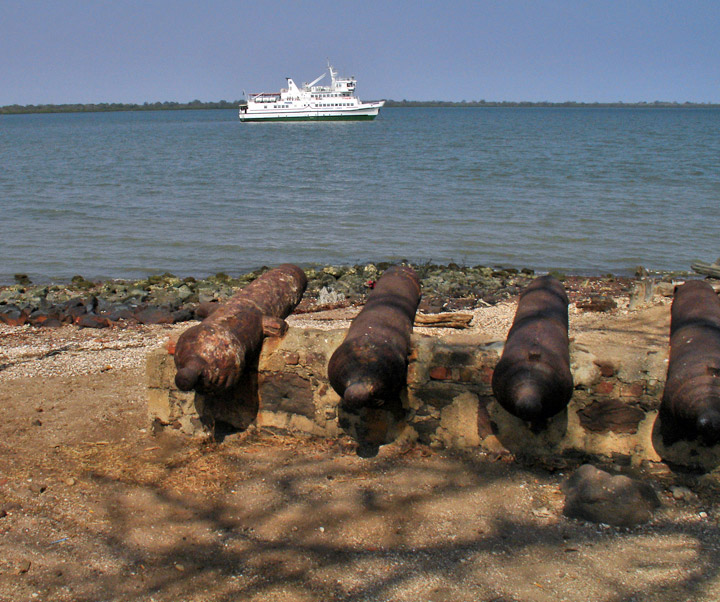
at James Island
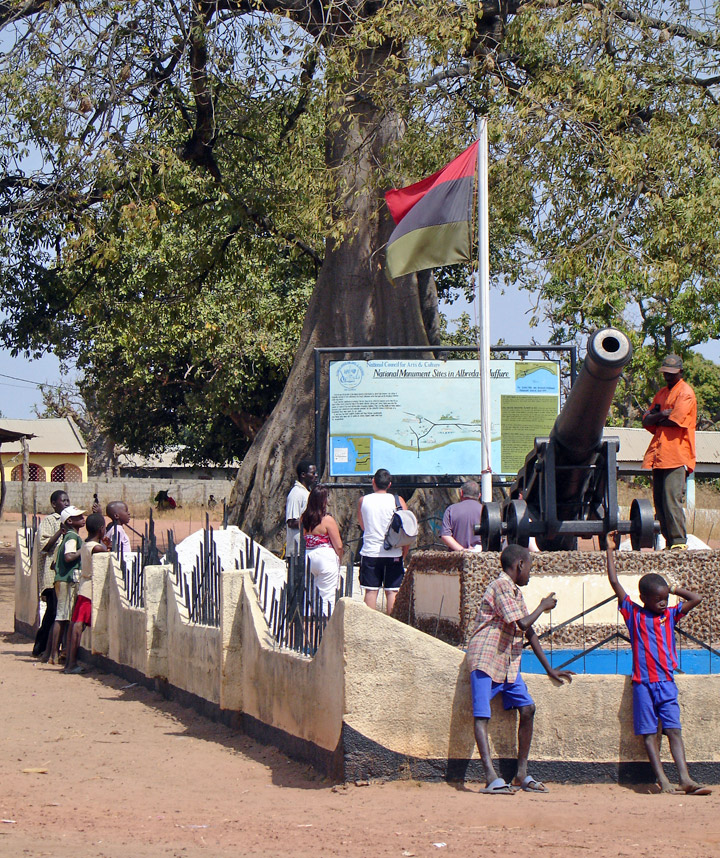
memorial at "Roots" village
More Photos of "Roots" Village
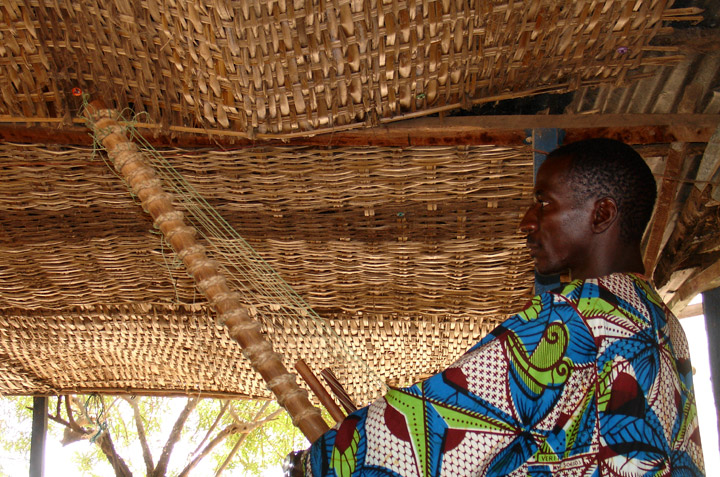
a Gambian entertainer
An 1889 agreement with France established the present boundaries, and The Gambia became a British Crown Colony, divided for administrative purposes into the colony (city of Banjul and the surrounding area) and the protectorate (remainder of the territory). The Gambia received its own executive and legislative councils in 1901 and gradually progressed toward self-government. A 1906 ordinance abolished slavery.
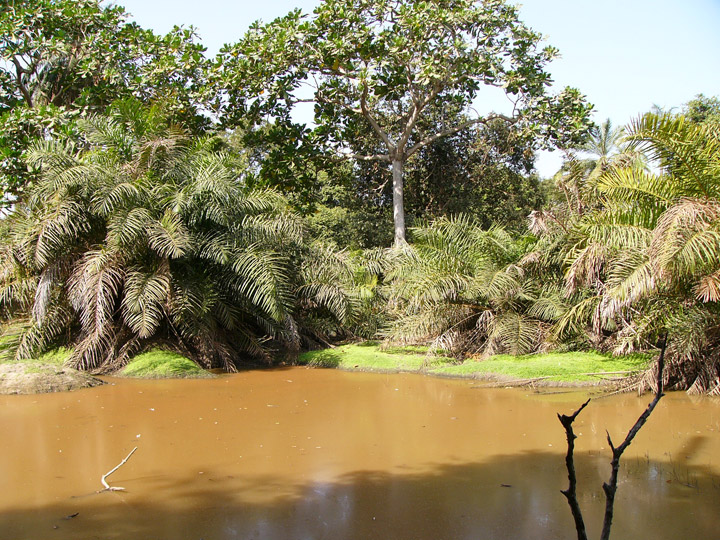
Abuko Nature Park
More Photos of Abuko Nature Park
During World War II, Gambian troops fought with the Allies in Burma. Banjul served as an air stop for the U.S. Army Air Corps and a port of call for Allied naval convoys. U.S. President Franklin D. Roosevelt stopped overnight in Banjul en route to and from the Casablanca Conference in 1943, marking the first visit to the African Continent by an American president while in office.
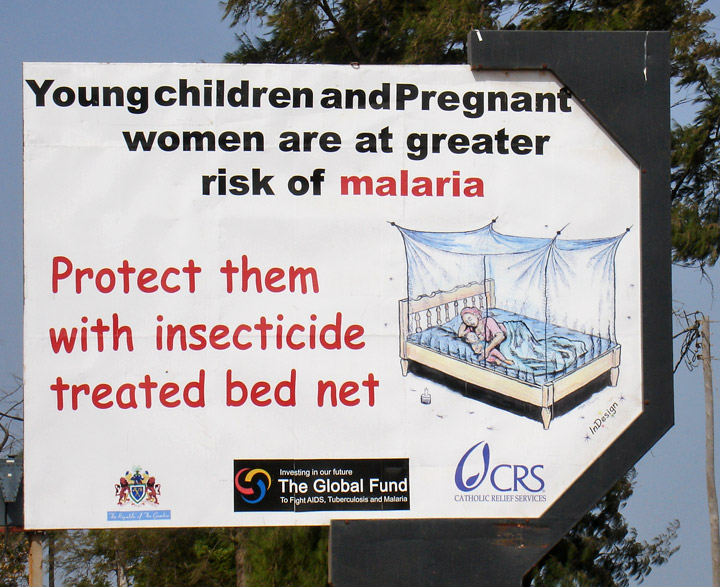
malaria warning
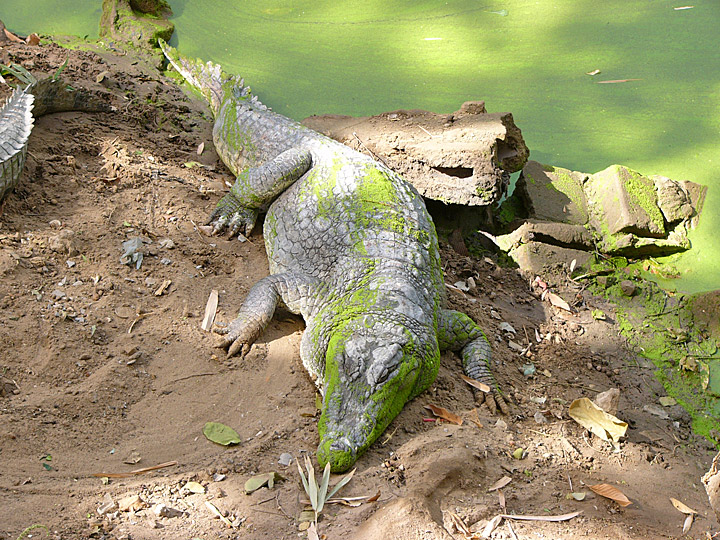
a crocodile
More Photos of the Crocodile Pool
After World War II, the pace of constitutional reform increased. Following general elections in 1962, full internal self-governance was granted in the following year. The Gambia achieved independence on February 18, 1965 as a constitutional monarchy within the Commonwealth of Nations. Shortly thereafter, the government held a referendum proposing that an elected president replace the British monarch as head of state. The referendum failed to receive the two-thirds majority required to amend the constitution, but the results won widespread attention abroad as testimony to The Gambia's observance of secret balloting, honest elections, and civil rights and liberties. On April 24, 1970, The Gambia became a republic within the Commonwealth, following a second referendum, with Prime Minister Sir Dawda Kairaba Jawara, as head of state.
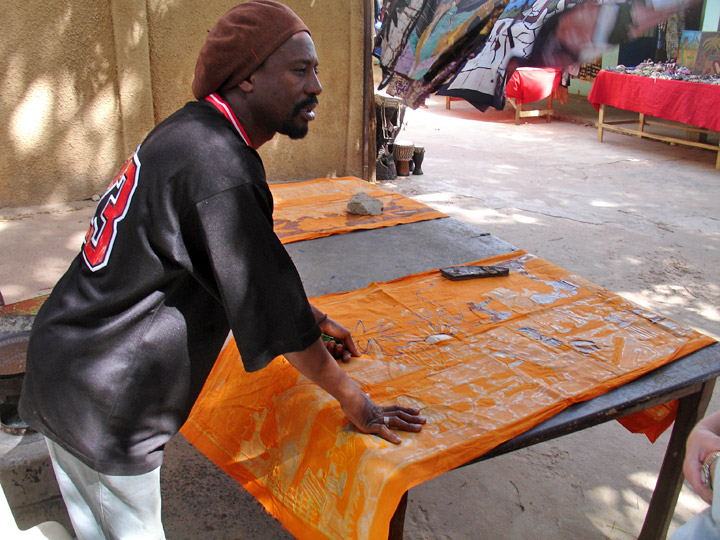
making Batik material
Until a military coup in July 1994, The Gambia was led by President Jawara, who was re-elected five times. The relative stability of the Jawara era was shattered first by a coup attempt in 1981. The coup was led by Kukoi Samba Sanyang, who, on two occasions, had unsuccessfully sought election to Parliament. After a week of violence which left several hundred people dead, Jawara, in London when the attack began, appealed to Senegal for help. Senegalese troops defeated the rebel force.
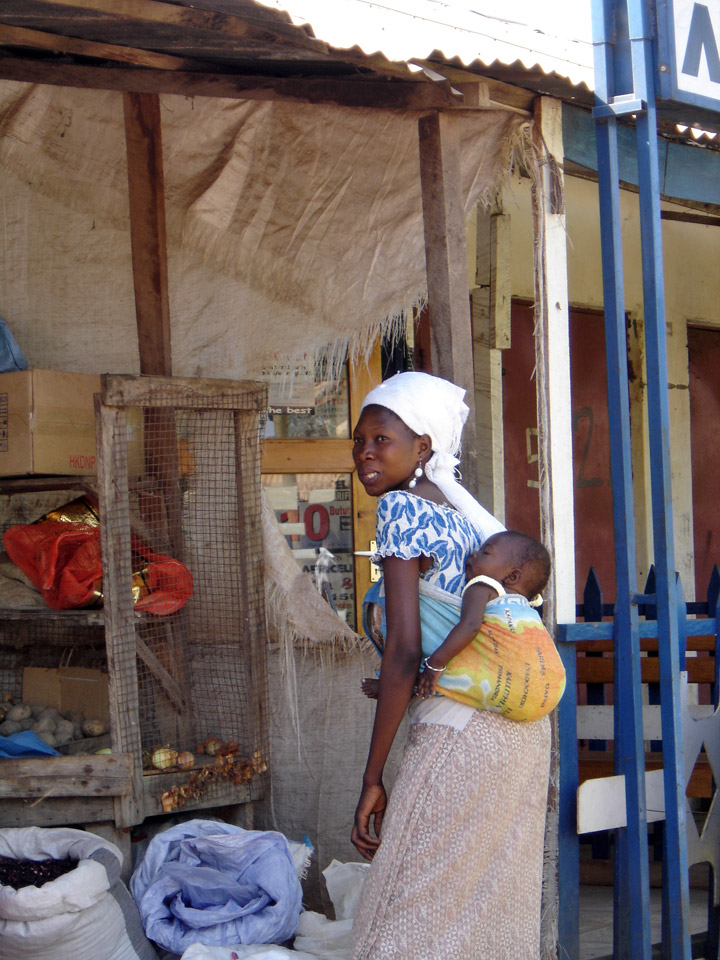
people of Gambia
More Photos of the People of Gambia
In the aftermath of the attempted coup, Senegal and The Gambia signed the 1982 Treaty of Confederation. The Senegambia Confederation came into existence; it aimed eventually to combine the armed forces of the two states and to unify their economies and currencies. The Gambia withdrew from the confederation in 1989.

reed houses
More Photos of the Gambian Countryside
In July 1994, the Armed Forces Provisional Ruling Council (AFPRC) seized power in a military coup d'état. The AFPRC deposed the Sir Jawara government and banned opposition political activity. Lieutenant Yahya A.J.J. Jammeh, chairman of the AFPRC, became head of state. The AFPRC announced a transition plan for return to democratic civilian government. The Provisional Independent Electoral Commission (PIEC) was established in 1996 to conduct national elections. The PIEC was transformed to the Independent Electoral Commission (IEC) in 1997 and became responsible for registration of voters and conduct of elections and referenda. In late 2001 and early 2002, The Gambia completed a full cycle of presidential, legislative, and local elections, which foreign observers deemed free, fair, and transparent, albeit with some shortcomings. President Yahya Jammeh, who was re-elected, took the oath of office again on December 21, 2001. The APRC maintained its strong majority in the National Assembly, particularly after the main opposition United Democratic Party (UDP) boycotted the legislative elections
Text from
![]()